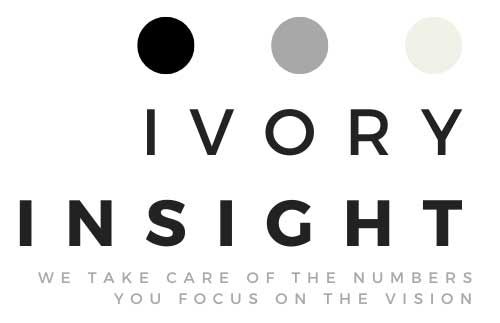Small Company Accounts: Your Simple Guide
DA
FRS 102 Section 1A and the Small Company Accounts
If your company has outgrown the micro-entity thresholds, you’ll prepare small company accounts instead. These are produced under FRS 102 Section 1A, a standard that offers more flexibility and detail than FRS 105, while still being simpler than the full requirements for medium and large companies.
FRS 102 (The Financial Reporting Standard applicable in the UK and Republic of Ireland) is part of the UK GAAP framework for producing statutory accounts under the Companies Act 2006.
Section 1A of FRS 102 is specifically designed for small companies. While the recognition and measurement rules (how you account for assets, liabilities, income, and expenses) are the same as full FRS 102, Section 1A offers simplified presentation and fewer disclosure requirements.
This means small companies can prepare a shorter, more streamlined set of accounts while still following the same fundamental accounting principles as larger businesses.

Who Can Use FRS 102 Section 1A?
Your company can use FRS 102 Section 1A if it qualifies as a small company by meeting at least two of these conditions:
- Turnover: £10.2 million or less
- Balance sheet total: £5.1 million or less.
- Employees: 50 or fewer (average number during the financial year).
Some companies are excluded, even if they meet the size criteria – for example, public companies, investment undertakings, and financial institutions.
The Two-Year Rule
In your first financial year, you only need to meet these size criteria once to qualify as a small company and use FRS 102 Section 1A. After that, your company must meet at least two of these conditions for two consecutive years to remain under the small company regime.
This rule is in place to keep reporting consistent and to prevent frequent switching between standards. If your company grows and exceeds the thresholds for two years in a row, you’ll need to move up to full FRS 102 (or IFRS, if required).

What Do Small Company Accounts Include?
Small company accounts under FRS 102 Section 1A are more detailed than micro-entity accounts but still simpler than those required for medium or large companies. They include a balance sheet, a profit and loss account (prepared for HMRC but does not need to be filed publicly at Companies House) and notes to the accounts covering key information such as accounting policies, director loans and related party transactions. A cash flow statement is optional for small companies under Section 1A.
When filing at Companies House, you can submit a filleted set of accounts, which leaves out the profit and loss account and certain notes to keep sensitive information private.
FRS 102 Section 1A also has some important features:
- Reduced disclosures compared to full FRS 102, but still more detail than FRS 105.
- No simplification for recognition and measurement – you must apply all the accounting rules in FRS 102 (e.g., fair value for certain financial instruments, accrual accounting).
- Flexibility with accounting policies, such as capitalising development costs or borrowing expenses.
- Revaluations allowed, which can strengthen the balance sheet.
- Consistent principles with larger companies, which is useful if your company grows.

Is FRS 102 Section 1A Right for You?
If your company has outgrown the micro-entity regime, Section 1A is often the natural next step. It provides a good balance between simplicity and the level of information needed by lenders, investors, or other stakeholders.
However, because recognition and measurement rules are the same as full FRS 102, small company accounts can still be a bit technical. This is where having an accountant on hand to interpret and prepare the accounts is really valuable.
Final Thoughts
FRS 102 Section 1A is a sensible, flexible standard for small businesses. It’s designed to lighten the administrative load without compromising the quality of financial information. If your company is growing, it’s worth understanding how Section 1A works and what it includes, so you know what’s required and how your accounts might look different from micro-entity accounts.

This blog is here to give you an overview, but it’s not personalised financial advice. If you’re unsure about your own accounts or deadlines, we’d love to chat and help you figure out the best approach for your business.
